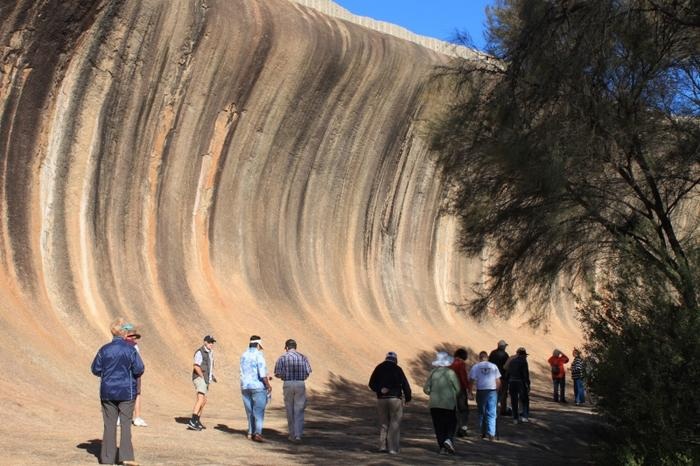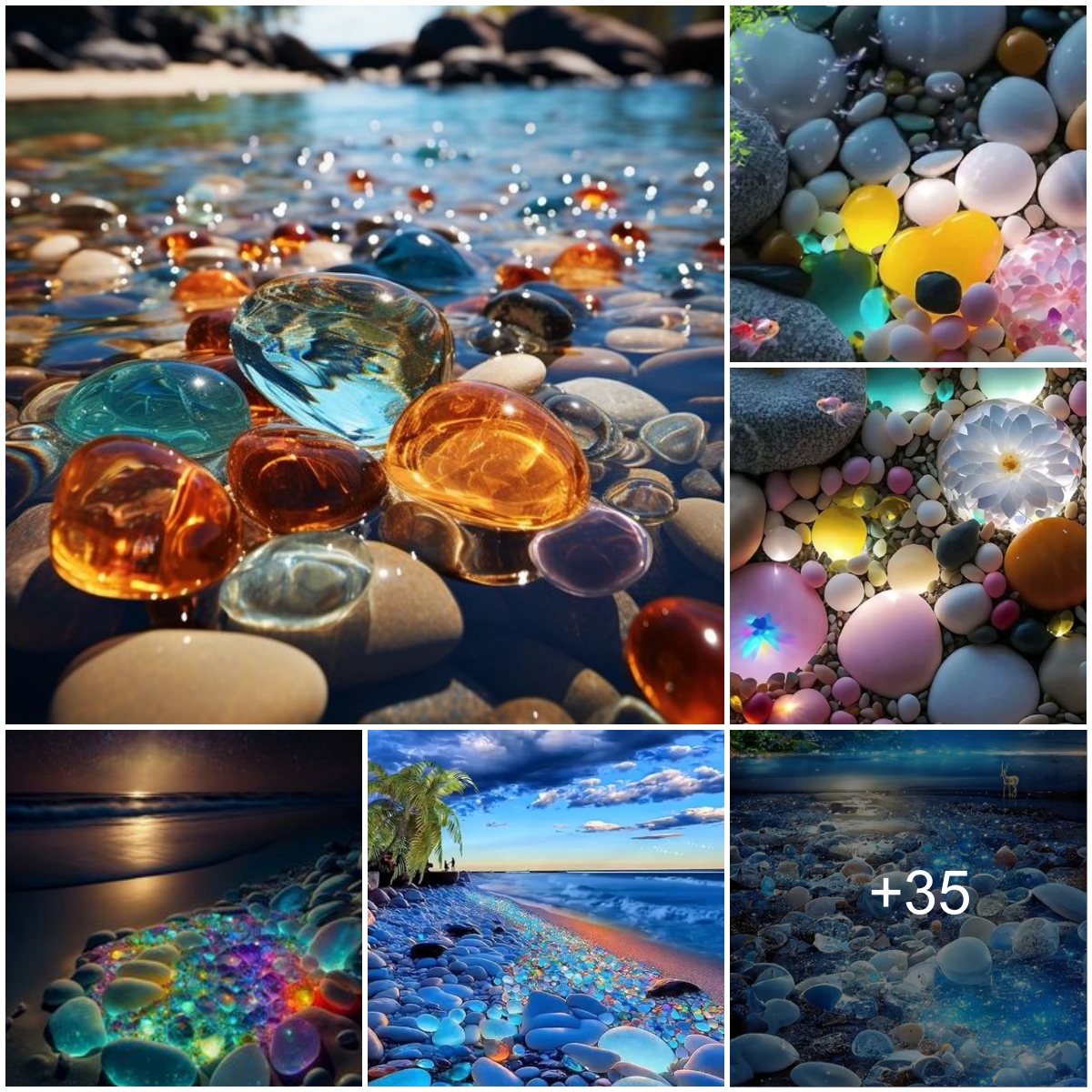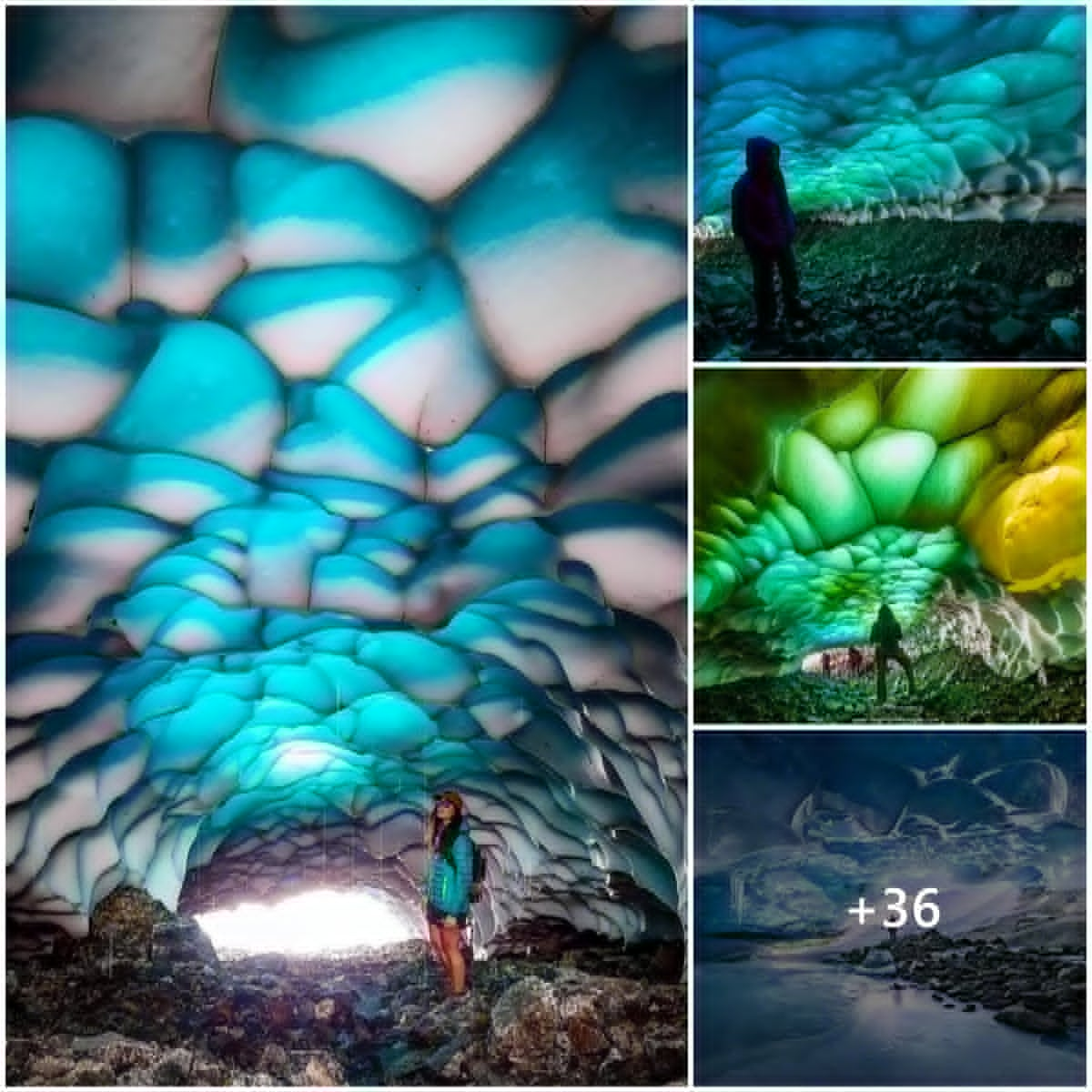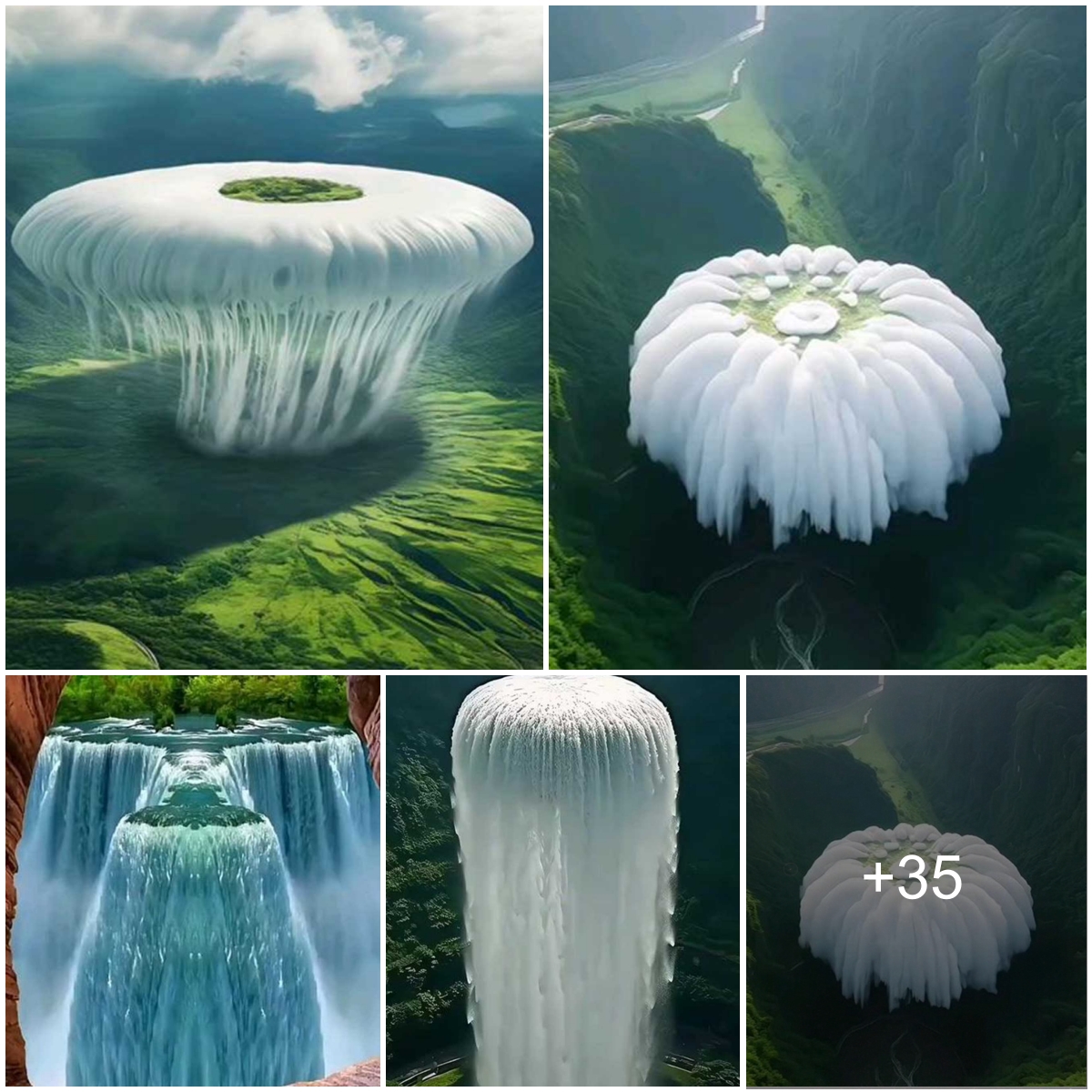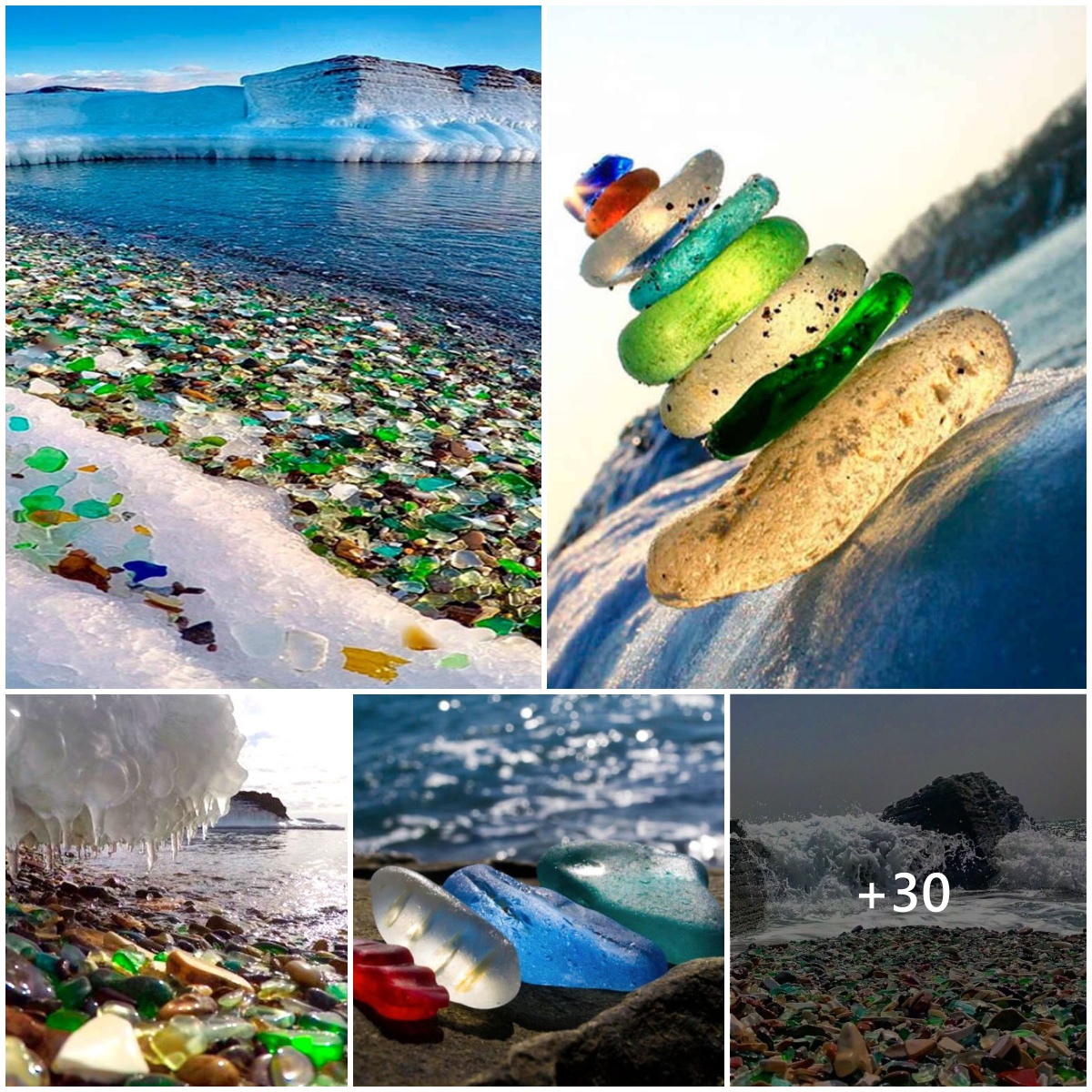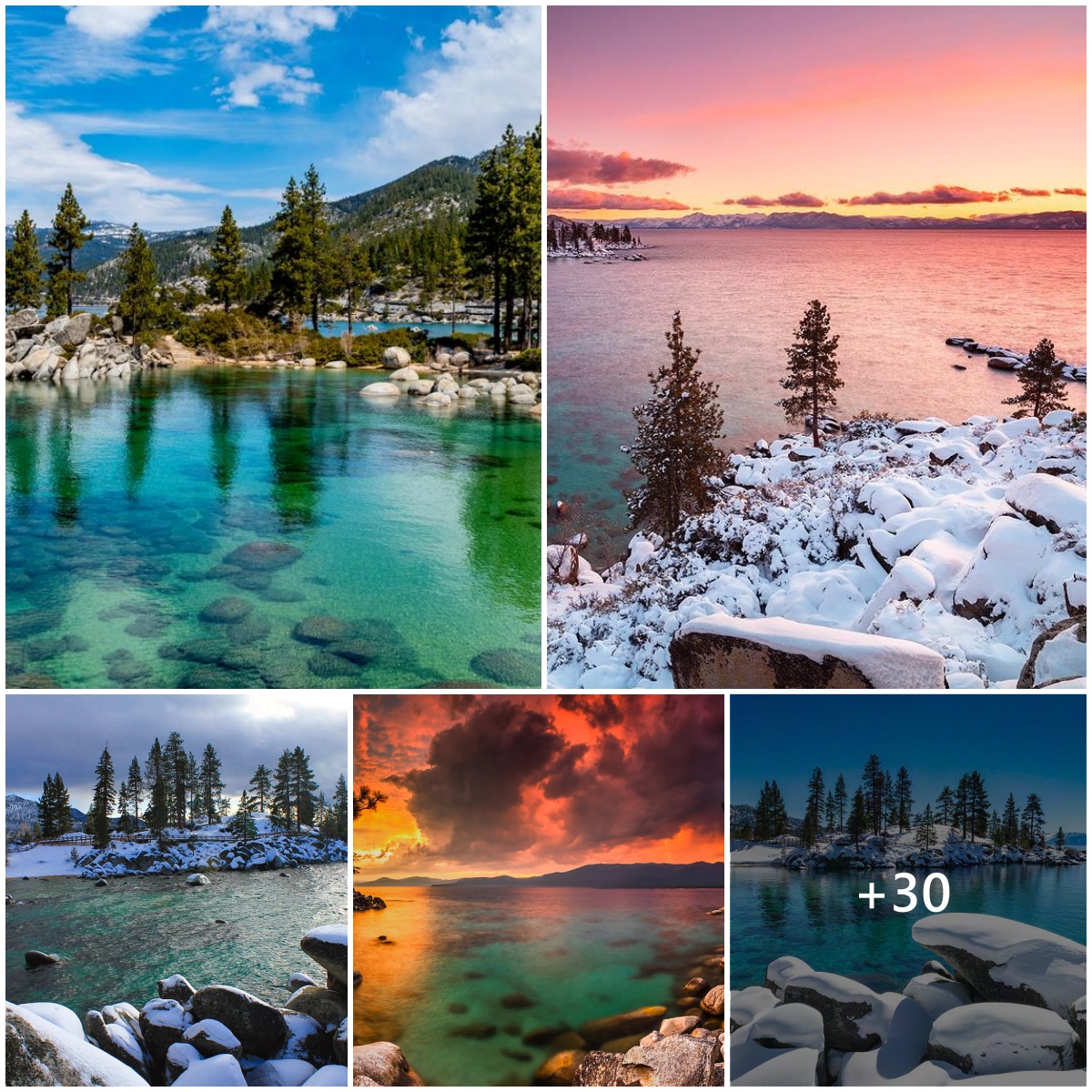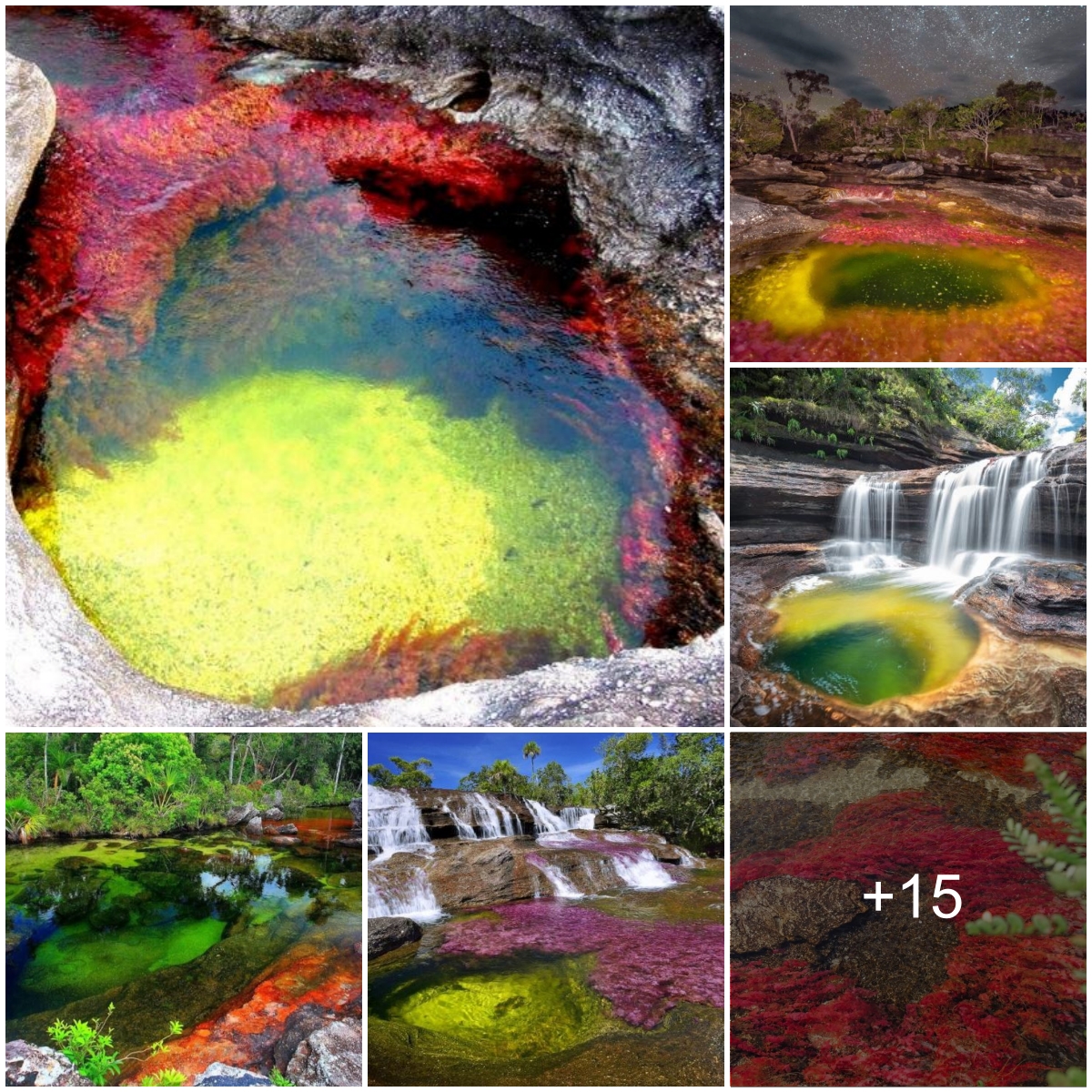Sea Cliffs, Tasman National Park, Tasmania
The giant, towering cliff at the end of the Tasman Peninsula will leave you completely speechless. This dolerite cliff with a height of 300 meters is the highest cliff in the southern hemisphere. Sea Cliff is a miracle given by nature that visitors can visit by boat or road. This place is also a place that challenges experienced climbers.
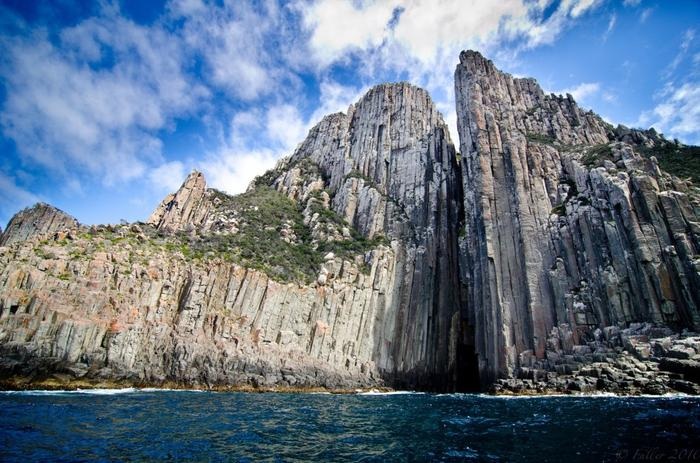 Umpherston Sinkhole Gardens, Mt Gambier, South Australia
Umpherston Sinkhole Gardens, Mt Gambier, South Australia
Located not far from the center of Mt Gambier, Umpherston Sinkhole is one of the most beautiful gardens in Australia. Formed from sea water erosion, the top of the limestone mountain gradually collapsed, creating a sunken area right in the middle.
Since then this place has been converted into a garden. Not entirely created by nature, but the beauty of this garden still makes you admire.
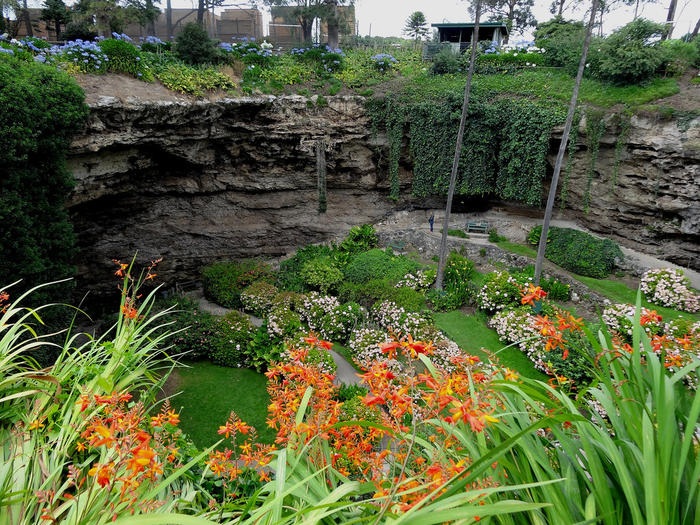 Pinnacles Desert, Nambung National Park, Western Australia
Pinnacles Desert, Nambung National Park, Western Australia
Located not far from the southwest coast of Australia, Pinnacles is a strange desert with thousands of weathered limestone columns rising from the golden sand.
The best time of day to see the limestone columns is at dawn or at sunset because the sunlight will create a contrast, highlighting the color of the stone and the black color of the column’s shadow printed on it. The ground looks like beautiful ripples.
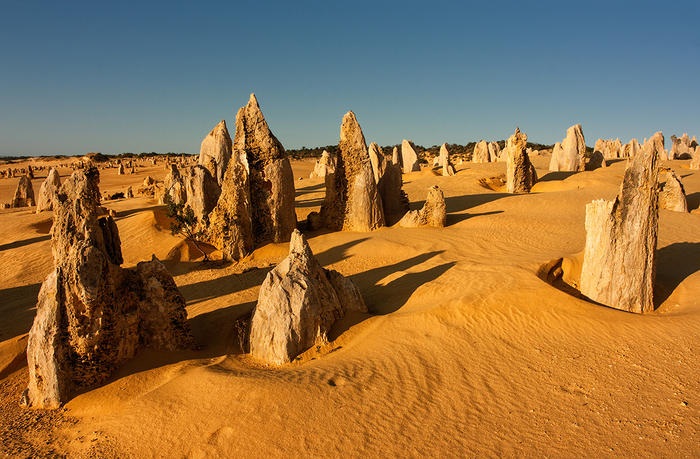 Grampians National Park, Victoria
Grampians National Park, Victoria
Located about 235km west of Melbourne, MacKenzie Falls is one of the most prominent landscapes.
Coming to Grampians National Park, you can participate in many exciting outdoor recreational activities such as walking in the forest, rock climbing, fishing and boating.
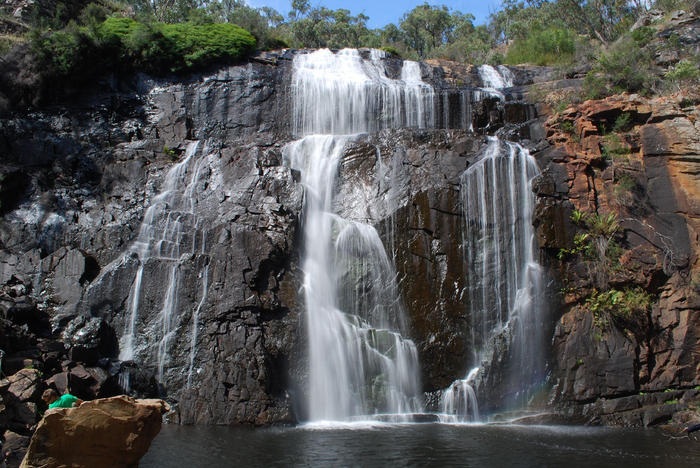 Unrada Lava Tunnels, Undara Volcanic National Park, Queensland
Unrada Lava Tunnels, Undara Volcanic National Park, Queensland
One of the activities to explore volcanoes is to explore caves and lava tunnels. Considered one of the largest and longest lava tunnels in the world, Undara is the result of a lava eruption and was formed 200,000 years ago.
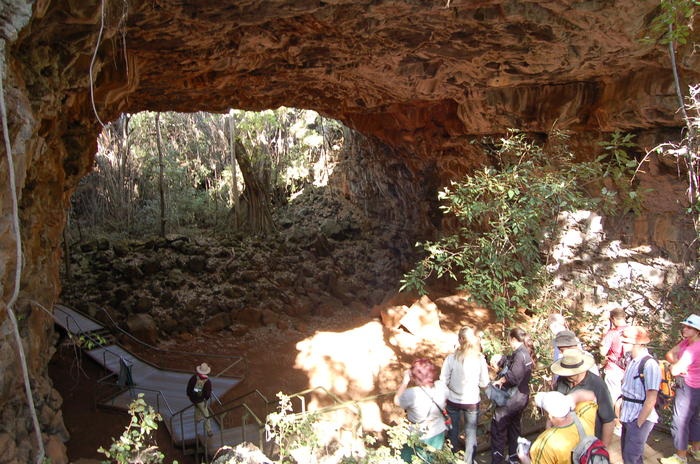 Bungle Bungles Rock Range, Purnululu National Park, Western Australia
Bungle Bungles Rock Range, Purnululu National Park, Western Australia
When talking about natural wonders in Australia, it is impossible not to mention Bungle Bungles. The Bungles Bungles sandstone mountain range has an average height of 200 – 300m, formed about 35 million years ago in the state of Western Australia, and is a UNESCO world natural heritage site.
The unique feature of Bungles Bungles is not only the round rock shape that looks like giant honeycombs, but also the orange and black stripes that come from the alternating structure of lichen and silica minerals. The color of the stone changes from brown to black, orange to bright red depending on the direction of the sun. And this one of the most beautiful places in Australia attracts about 40,000 visitors a year.
Because the terrain is difficult to access, the best way to fully admire the majestic beauty of Bungles Bungles is from a helicopter.
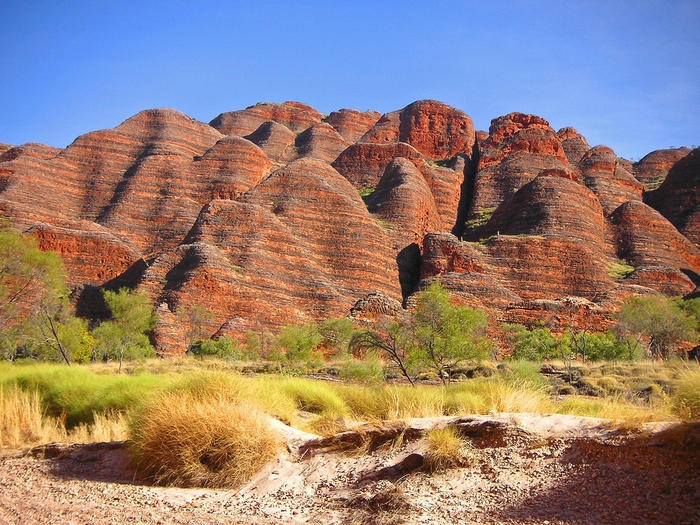 Stromatolites at Hamelin Pool, Shark Bay, Western Australia
Stromatolites at Hamelin Pool, Shark Bay, Western Australia
Stromatolites – the world’s oldest and largest fossil rocks are located in Hamelin Pool conservation area, Shark Bay, a place recognized by UNESCO as a world cultural heritage.
In addition, Shark Bay is also famous as the ‘home’ of nearly 30 species of sharks from around the world, along with many other marine creatures.
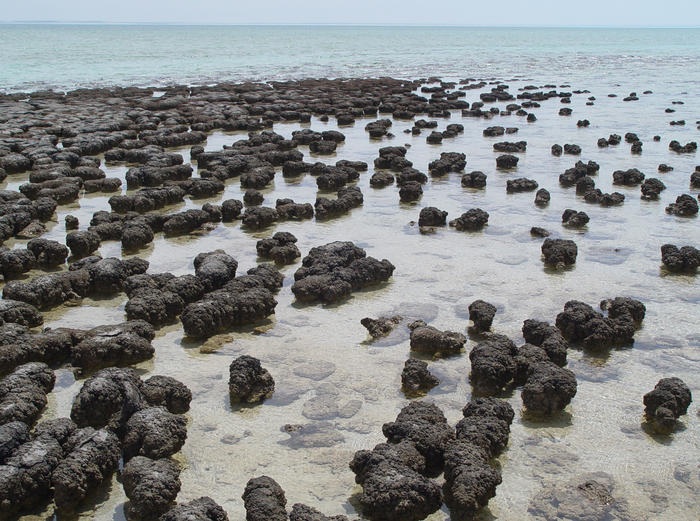 Kata-Tjuta Peak, Uluru – Kata – Tjuta National Park, Northern Territory
Kata-Tjuta Peak, Uluru – Kata – Tjuta National Park, Northern Territory
The Uluru monolith is well known to tourists, but the 36 striking rock arches of nearby Kata Tjuta are equally stunning. Highlighted by their deep red glow at dawn and dusk, they are often quite deserted and are worthy of being a must-see destination.
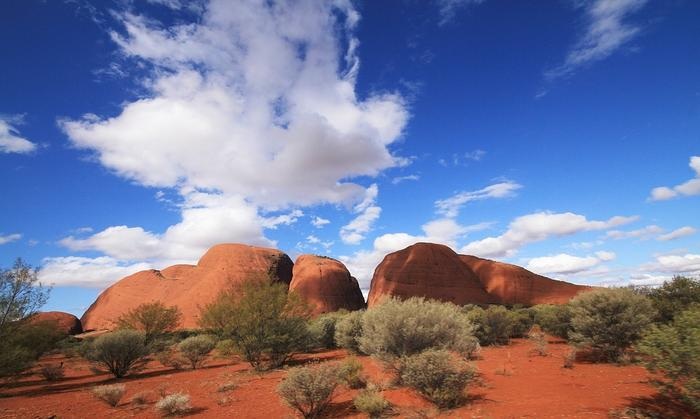 Wilpena pound, Flinders Ranges, South Australia
Wilpena pound, Flinders Ranges, South Australia
The most prominent in South Australia is probably the Flinders Ranges, located on arid land. Here is Wilpena Pound, a basin-shaped mountain. Looking down from the plane, the mountain range looks like a giant oval lake surrounded by a majestic wall.
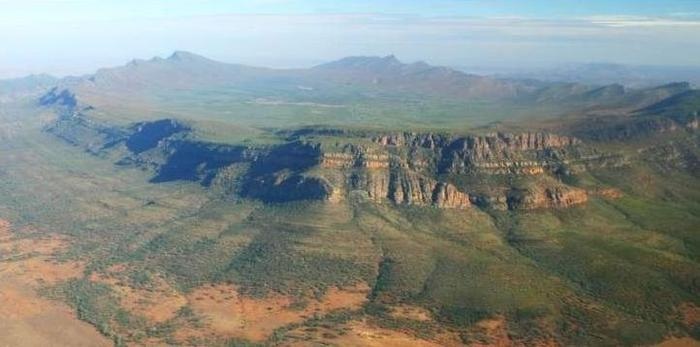 Hiller Pink Salt Lake, Cape Arid National Park, Western Australia
Hiller Pink Salt Lake, Cape Arid National Park, Western Australia
Hillier Salt Lake on Middle Island, north of Cape Arid National Park, is the largest pink lake in the world. The bright pink color of the lake is always a subject of constant debate and scientists lean towards the hypothesis of the presence of color-creating bacteria at the bottom of the lake combined with salt.
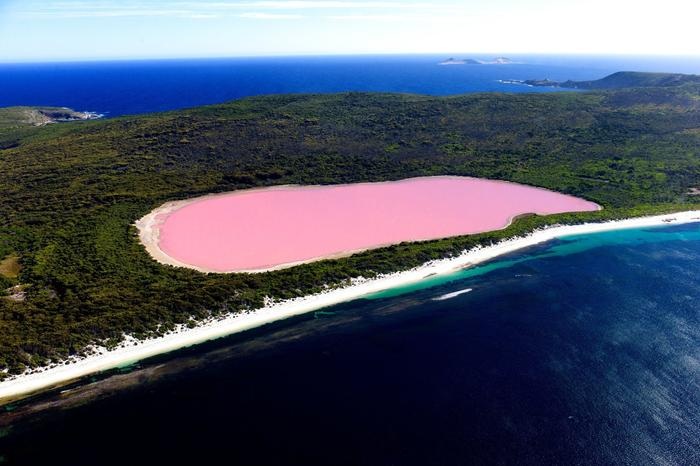 Kings Canyon, Watarrka National Park, Northern Territory
Kings Canyon, Watarrka National Park, Northern Territory
The soaring cliffs of Kings Canyon were formed when small fissures eroded over millions of years. These ancient red rocks tower above the palm forest and are an important conservation area, home to more than 600 species of native flora and fauna. Visitors need 3 to 4 hours to complete the challenging 6 km long Kings Canyon Rim Walk.
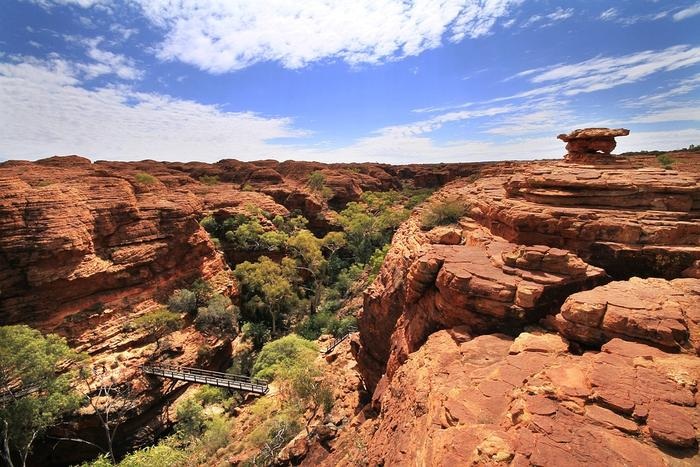 Walls of China, Mungo National Park, NSW
Walls of China, Mungo National Park, NSW
It is impossible not to mention this natural masterpiece in the list of places that will take your breath away. Formed from sand dunes and clay over time and erosion, the Walls of China today is a mountain range about 30 meters high with a length of 26 – 33km and has a very special shape.
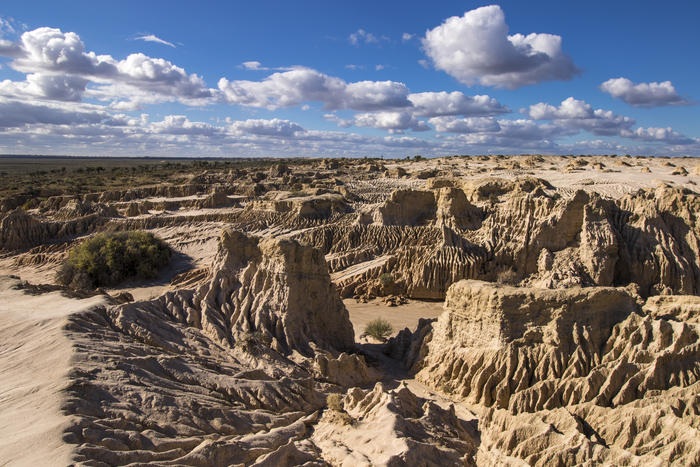 Budj Bim National Park, Victoria
Budj Bim National Park, Victoria
Budj Bim National Park was formerly called Eccles National Park, and it still retains its original beauty.
In addition you will find the historical and cultural diversity of the Aboriginal people.
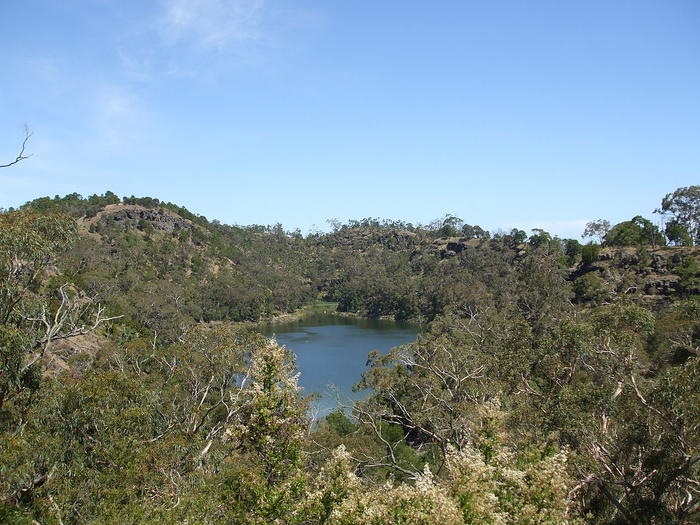 Wave Rocks, Hyden, Western Australia
Wave Rocks, Hyden, Western Australia
The Wave Rock formation has fascinated geologists and the public for many years and is one of the most interesting outcrops in the area. Wave Rock was formed from strips of granite, eroded by rain and wind about 27 million years ago. The agents of erosion have smoothed deep into the rocks, giving them a shape that looks like a giant ocean wave rising and then suddenly stopping. That’s why this strange rock has the English name Wave Rock.
